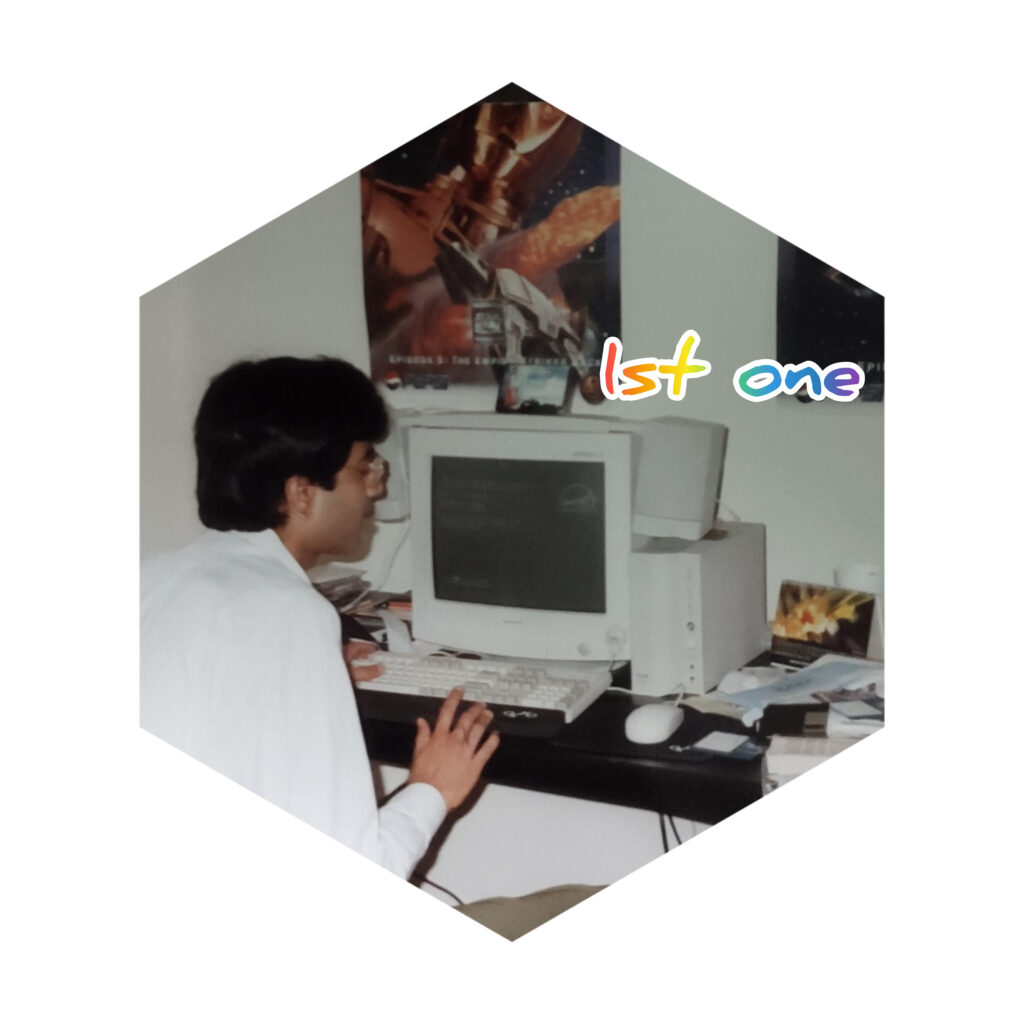
Usually, we talk about value in terms of others and often overlook it when it comes to ourselves. We also sometimes consider value without explicitly saying so. Moreover, we use phrases like “adding value” or “going the extra mile” without even realizing it. For instance, we tip a waiter when we believe they’ve done a good job, or we don’t mind paying a bit more when a local vendor sells vegetables.
Let’s delve into the diverse applications of ‘value’ within the realms of business, management, and leadership.
In the context of business and leadership, the term “value” takes on a multitude of meanings, often related to how businesses, leaders, or employees contribute to the overall success of an organization or project. For instance, “adding value” typically refers to contributing positively to an outcome or exceeding expectations. This could be anything from a team member who provides an innovative solution to a problem, to a leader who successfully guides their team through a challenging project.
“Value creation” is the process of generating something of worth or benefit. In a business sense, this could mean developing a new product or service that meets a previously unmet need in the market. It could also refer to improving an existing process within a company in a way that increases efficiency or effectiveness.
Another important concept is the “value proposition,” which is a clear statement of why a product, service, or company is desirable. This is what sets a company apart from its competitors and attracts customers. It could be anything from superior quality, lower cost, or excellent customer service.
“Value-based decision making” involves choosing options that align with core values and long-term goals. This means that decisions are made not just based on immediate benefits or costs, but also on how well they align with what is important to the company or individual.
In leadership, “value alignment” ensures that the individual and team values are compatible with the organizational objectives. “Value communication” is about articulating and communicating core values to stakeholders, while “value-based conflict resolution” addresses disagreements in a way that upholds shared principles.
The “value chain” refers to the interconnected activities that create and deliver value to customers. This could include everything from product design and production to marketing and customer service. In the context of a restaurant, for example, the value chain might start with sourcing high-quality ingredients, then preparing and cooking the food, serving it in a pleasant dining environment, and providing excellent customer service throughout the experience. Each link in this chain adds value to the customer’s experience and contributes to their overall satisfaction. By understanding and optimizing this value chain, a business can enhance its offerings, improve customer satisfaction, and ultimately drive success.
How can a person use the idea of adding value in their daily work tasks?
It’s quite simple, this concept can be applied to everything from writing an email to preparing a detailed project report.
Consider the following two questions while performing any task. Firstly, how can I enhance this task before delegating it to others? Secondly, what is the broader process that this task is a part of, and how can I make a meaningful contribution to it? For instance, while drafting an email, contemplate how you can make your message more lucid, succinct, or engaging for the recipient. Are there any pertinent details you could incorporate that would be beneficial? How can you structure your email to facilitate comprehension and prompt a response? These are all potential strategies for adding value to the routine task of writing an email. Even a seemingly simple task such as forwarding an email can be enhanced by adding a note that explains the purpose behind it.
In terms of contributing to a process, consider your role within the larger system. What are the tasks or steps that come before and after your part? How can you make your work more beneficial for the next person in the chain? This could mean providing more detailed information, completing your tasks more quickly or efficiently, or communicating more effectively with your colleagues.
By considering these questions and working to add value in your daily tasks, you can make a significant positive impact on your work environment, your colleagues, and your own personal growth. This is a practical application of the concepts of value creation and adding value, and it’s a small but powerful way to improve your skills and increase your contribution at work.
In conclusion, the concept of value permeates every aspect of our personal and professional lives. It is a multifaceted term that extends beyond monetary worth, encompassing our contributions, our innovations, and our ability to make a difference. Both in business and in leadership, understanding and applying the principles of value can lead to remarkable outcomes.
Just as Carroll Shelby in “Ford v Ferrari” demonstrated, embracing innovation, fostering team collaboration, persevering in the face of adversity, and making data-driven decisions are all ways of adding value. These lessons are not just limited to the racetrack or the automotive industry but resonate across all fields. Similarly, the insights from Peter F. Drucker’s “Managing Oneself” emphasize the importance of understanding our strengths, improving them, and managing our performance to add value to our work and personal growth.
Whether it’s in the context of a high-stakes race, a business strategy, or our daily tasks, the principles of value remain the same. By recognizing our ability to add value and actively seeking ways to do so, we can enhance our performance, our relationships, and our satisfaction in our work and life. The journey towards understanding and applying our personal value may be a challenging one, but it is undoubtedly a race worth running.




